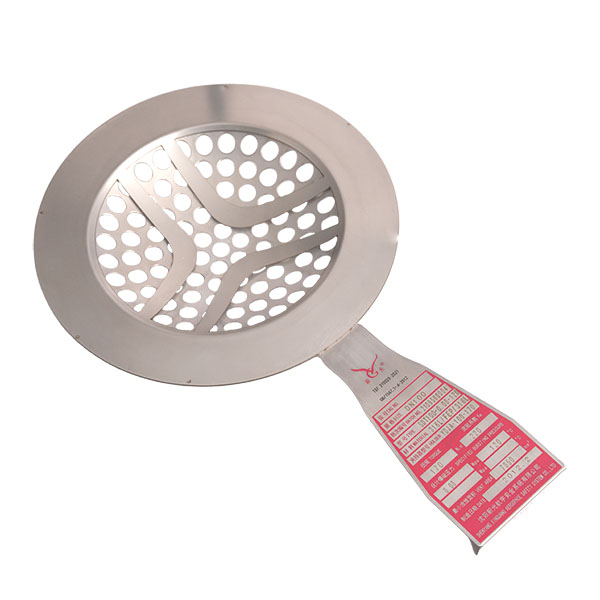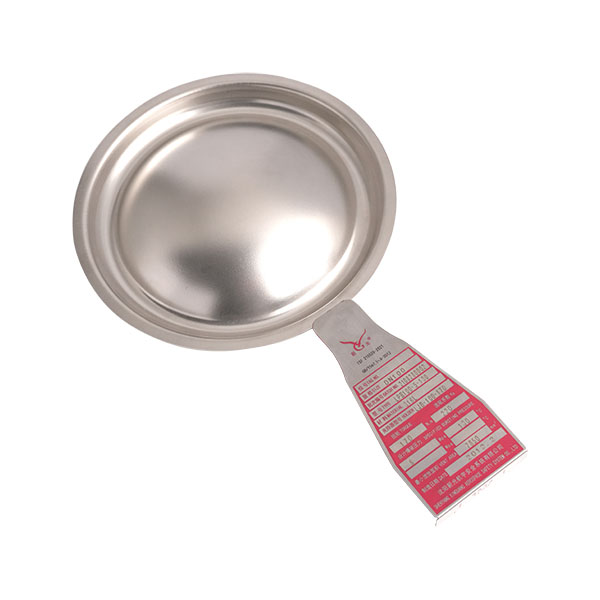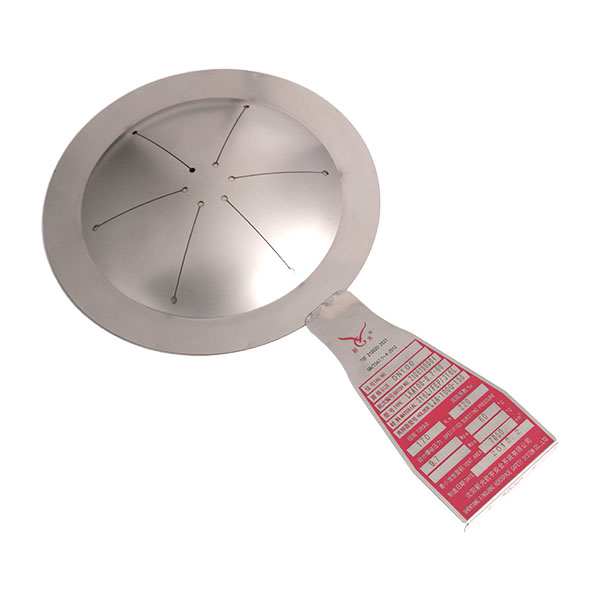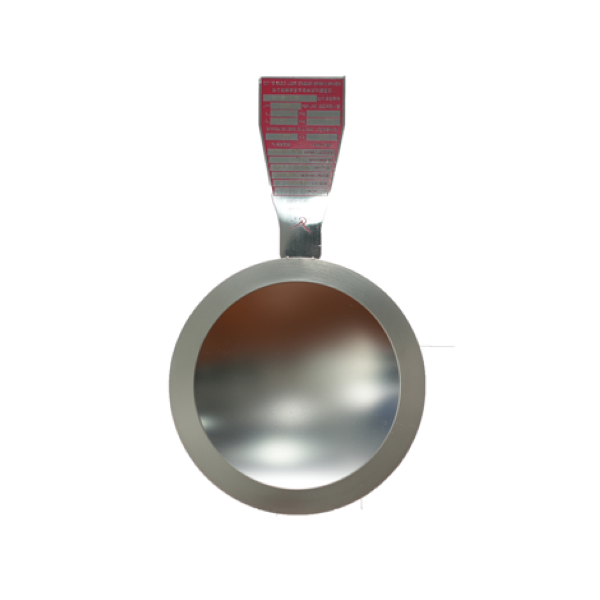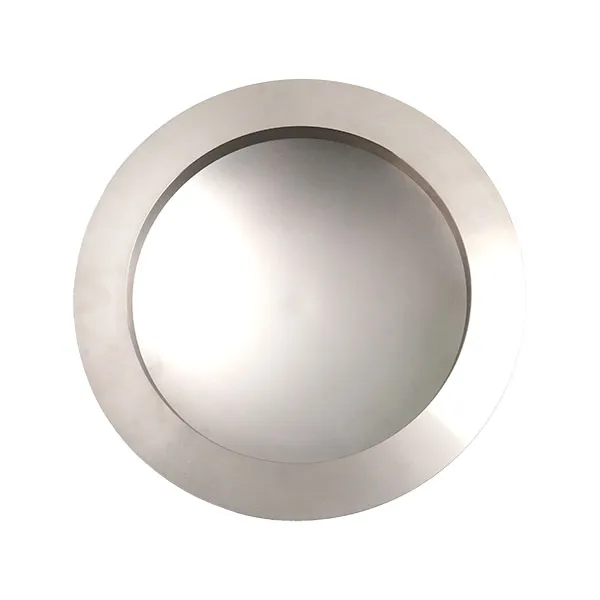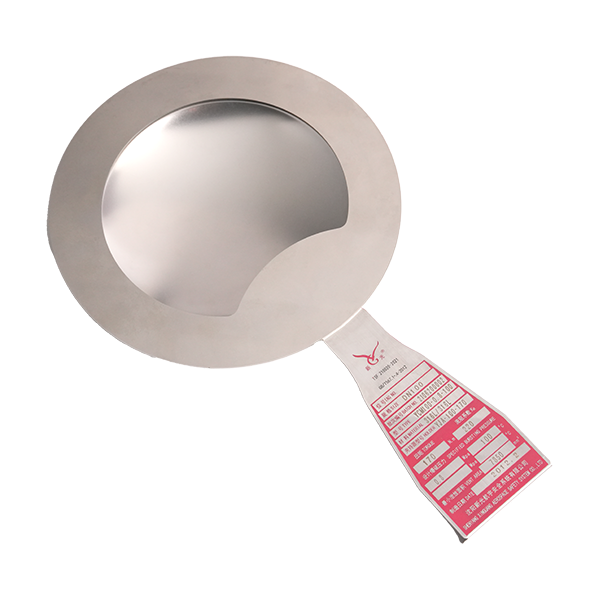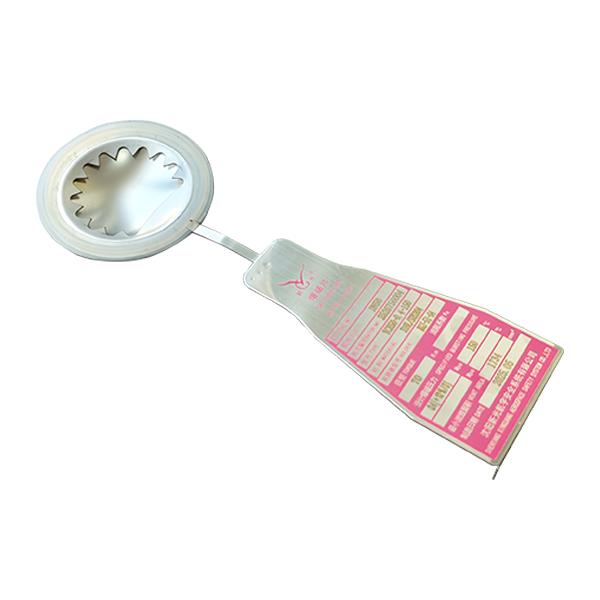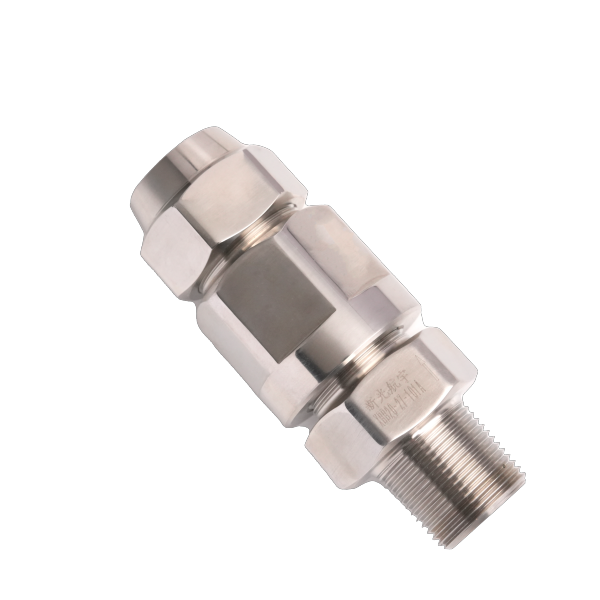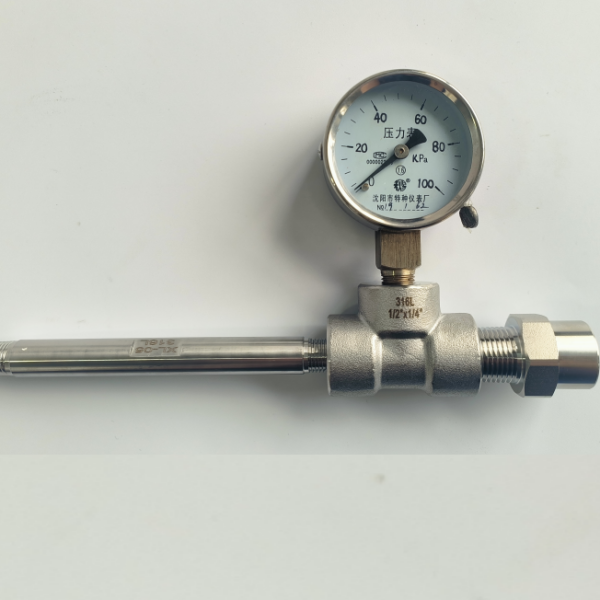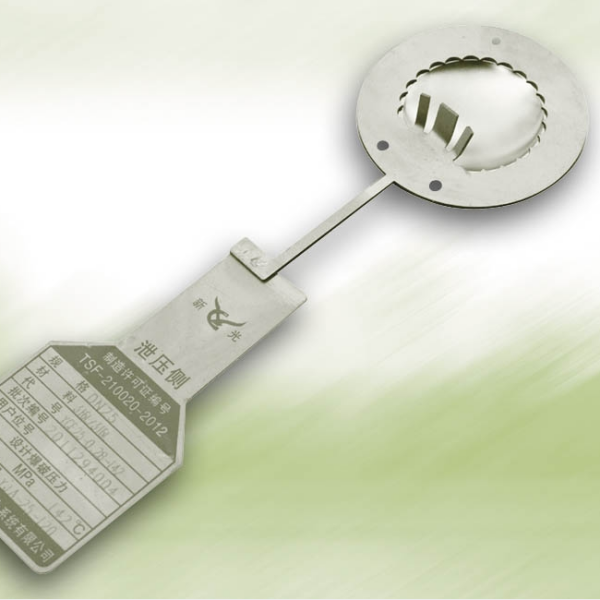As an important overpressure safety relief device, clamping type bursting disc is widely used in chemical, petroleum, pharmaceutical and other fields. The maintenance of clamping type bursting disc is directly related to the safe operation of the equipment. In this article, we will explain the main maintenance points in detail for you from the aspects of daily inspection, regular maintenance and replacement specifications.
Daily inspection:
1. Check the appearance and condition of the clamping type bursting disc. Specifically, observe whether the surface of the bursting disc is corroded, scratched, deformed or mechanically damaged. In particular, pay attention to whether the sealing surface of the diaphragm and the gripper is intact to avoid medium leakage due to poor sealing. It is also necessary to check whether the identification of the rupture disc is clear, and confirm that the model, specification, burst pressure, manufacturing date and other information are consistent with the equipment requirements to prevent the misused model from causing safety risks.
2. Check the installation site of the clamping type bursting disc to see if the connection between the bursting disc and the pipe and container is tight, and if there are any traces of loosening and leakage at the flange or threaded connection. If necessary, use a wrench to tighten it properly, but be careful not to cause damage to the diaphragm due to excessive force.
Regular maintenance:
1. For occasions where the medium is easy to crystallize and scale, the clamping type bursting disc needs to be removed regularly, and the diaphragm and gripper need to be cleaned with water or a special solvent to remove surface attachments and prevent abnormal burst pressure due to blockage. After cleaning, check the diaphragm for corrosion and perforation. If local corrosion is found, it needs to be replaced in time to avoid overall rupture and failure.
2. For clamping type bursting discs on key equipment, it is necessary to entrust professional institutions to perform burst pressure verification on a regular basis, and to test whether the actual burst pressure is within the allowable deviation range through simulated working conditions, and the test data needs to be recorded during the verification, compared with the factory parameters, if the deviation exceeds the standard, the rupture disc should be replaced immediately, and the cause of equipment overpressure should be investigated.
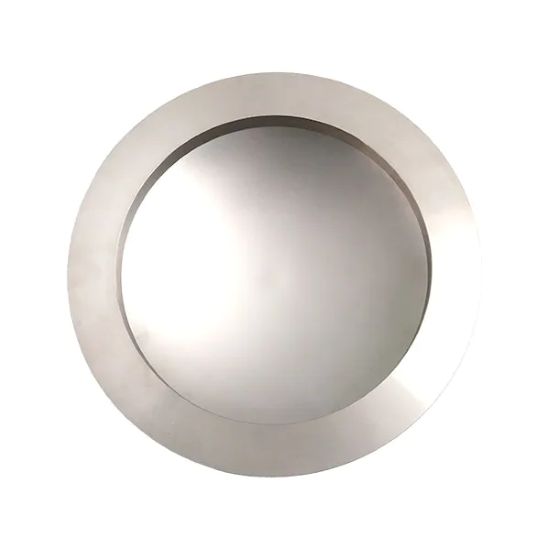
Replacement specification:
1. When the rupture disc has undergone blasting action, the surface is significantly corroded, cracked or deformed, the product shelf life is exceeded, or the existing rupture disc is not applicable due to changes in equipment process parameters, etc., the rupture disc needs to be replaced immediately.
2. Before the replacement of the clamping type bursting disc, the inlet and outlet valves of the equipment need to be closed to release the residual media in the pipeline, so that the system can be pressure-free before disassembling the rupture disc to avoid safety accidents caused by the ejection of the media. When installing a new rupture disc, it is necessary to keep the diaphragm clean and avoid direct contact with hands to prevent oil and sweat pollution from affecting the blasting performance. When fastening the flange, use uniform force to make the sealing surface fit tightly and not skew.
The clamping type bursting disc produced by Shenyang Xinguang Aerospace Safety Systems Co., Ltd. has the advantages of strong fatigue resistance and vacuum back pressure. It is suitable for the protection of large-caliber and low-pressure systems and pulsating pressure occasions. The maximum working pressure can reach 90% of the specified burst pressure. If you want to purchase a high-quality clamping type bursting disc, please feel free to contact us!

